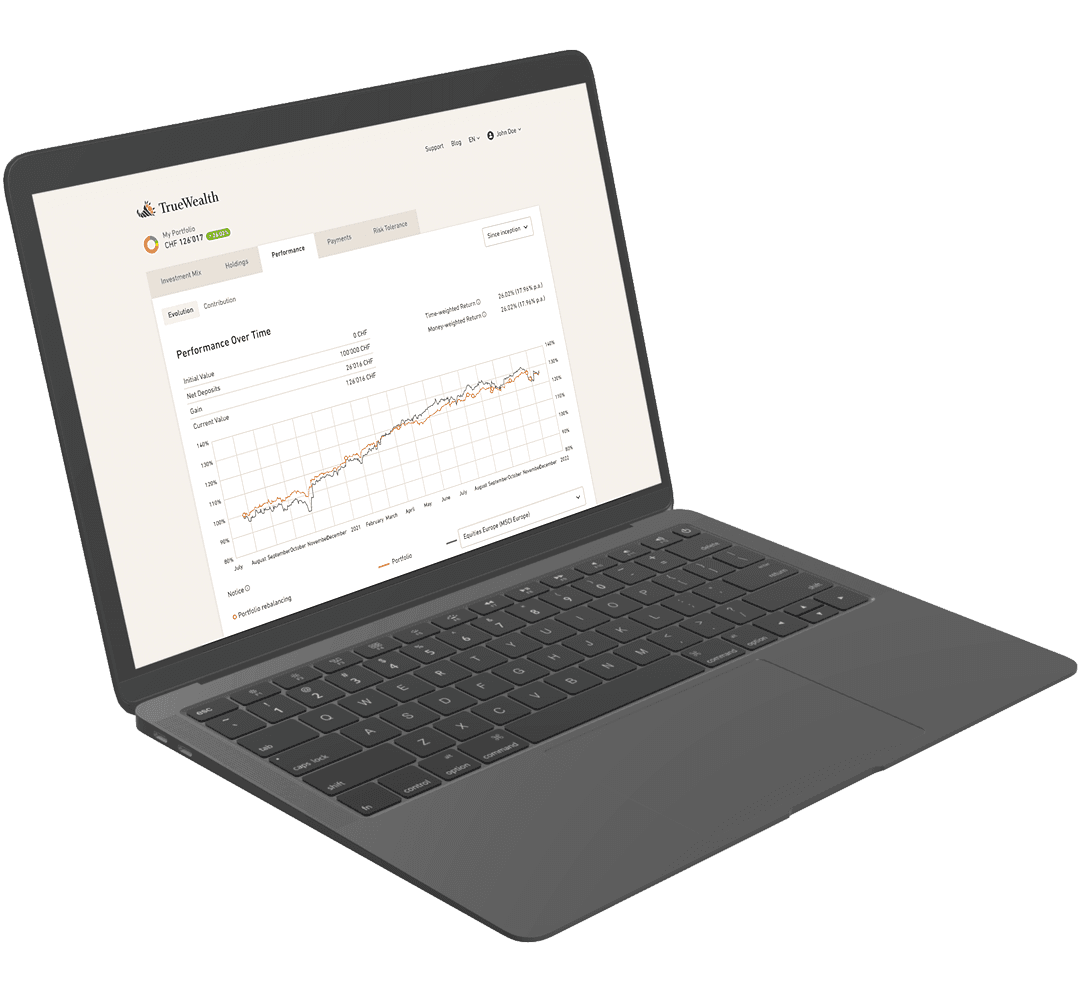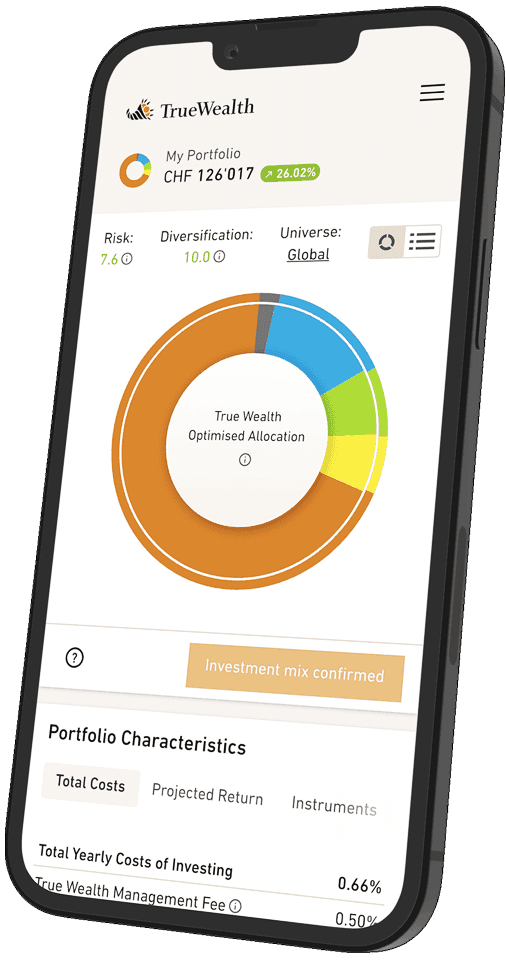#43 Cost averaging: Smart strategy or expensive myth?
Regular investments ensure a lower average price – or so the promise goes. A long-term savings plan allows you to buy at a lower average price than with a one-time investment. At least, that is the promise often made by financial companies to convince investors of the merits of their fund savings plans. But does the promise deliver what it claims?
The idea behind the cost average effect sounds logical: by investing regularly in a savings plan, you benefit when prices fall and when they rise. Here is an example to illustrate this: an investor invests $100 per month in an equity ETF. In the first month, the price is $10, and he buys ten shares. In the following month, the price falls to $5, so he buys 20 shares. In the third month, the price rises again to $10, and he buys another ten shares. After three months, the investor has bought a total of 40 shares for $300, which corresponds to an average price of $7.5 per share.
At first glance, it appears that investors would achieve a more favorable average price due to the falling price. However, the question remains: Does this effect actually lead to higher returns or does it reduce risk in the long term?
Studies show: One-time investments perform better
Numerous studies have shown that capital invested for the long term, i.e. a one-time investment, usually performs better than capital that is invested gradually. This is because the stock market tends to rise, especially over longer periods of time. An investor who invests a large amount directly therefore benefits from the longer time in the market. «Time in the market beats timing the market,» to quote US author and asset manager Ken Fisher.
Furthermore, invested securities also generate income in the form of dividends and interest, which can only be fully realized if you are fully invested from the outset.
Renowned Nobel Prize-winning economist Paul Samuelson criticized the cost average effect back in 1994, describing it as a «blunder, if not a crime.» This illustrates the skepticism that many experts have toward this strategy.
Long-term data proves: One-time investments are often superior
A few years ago, a team at Morningstar investigated how one-time investments performed compared to regular investments (DCA strategy) between 1926 and 2019 on the US stock market. To do this, regular investments were compared with one-time investments across all available rolling periods between 2 and 120 months. In over 70 percent of cases, the return on the one-time investment was better than that of the DCA strategy. And the longer the time horizon, the better the one-time investment.
The psychological aspect
Why does the myth of the cost average effect persist? One key reason lies in investor psychology. Many people are reluctant to invest a large sum all at once for fear of timing the market incorrectly. The cost average effect acts as a psychological safety net here: investors feel that they can «buy cheap» when prices fall, thereby compensating for poor entry points. However, this logic is deceptive, as the market risk remains unchanged – because the next correction or crash is bound to come. Maybe tomorrow. But maybe not for another 5 or 10 years. In that case, cost averaging or staggered investing actually increases the loss.
Who is the cost average effect suitable for?
Although the average cost effect is no guarantee of higher returns, it does make sense in certain scenarios. Namely, when investors regularly invest part of their income and thus build up capital over many years.
However, if you already have a large sum at your disposal, it is usually advisable to invest it directly. In the long term, you will benefit from the higher returns that a one-time investment generally offers.
But we have to give cost averaging credit for one thing: it is always better than not investing at all.
How do you invest? All at once or spread out over several months? Send me an email with your feedback.
About the author

Founder and CEO of True Wealth. After graduating from the Swiss Federal Institute of Technology (ETH) as a physicist, Felix first spent several years in Swiss industry and then four years with a major reinsurance company in portfolio management and risk modeling.

Ready to invest?
Open accountNot sure how to start? Open a test account and upgrade to a full account later.
Open test account